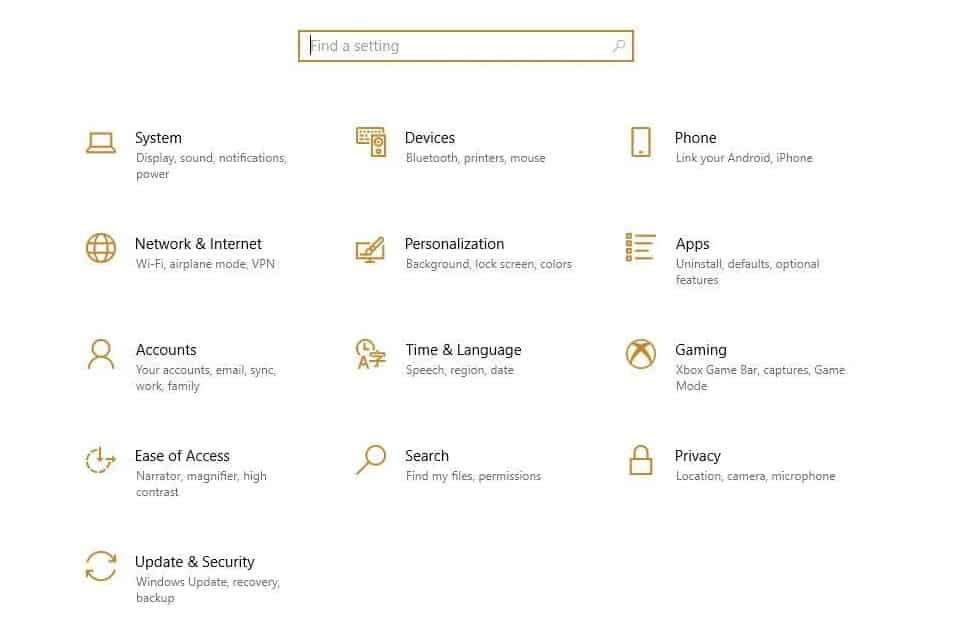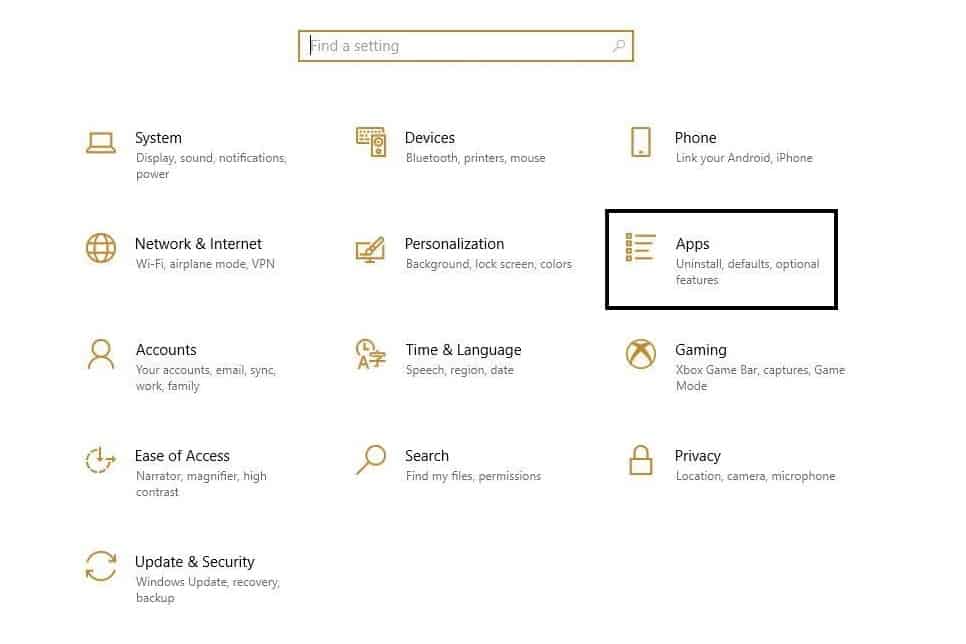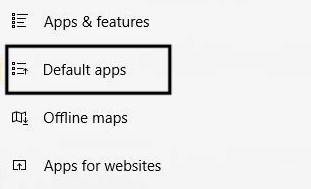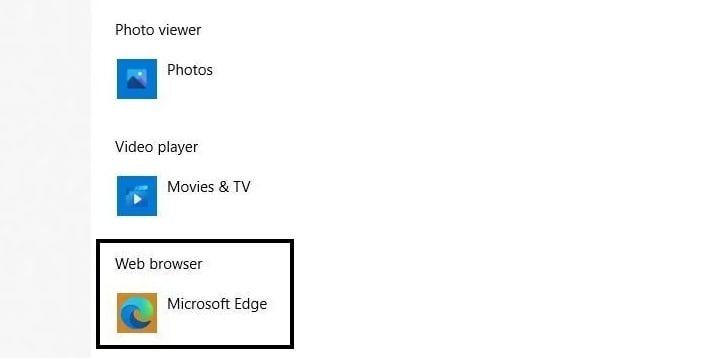Microsoft is preparing to release the all-new Windows 11 operating system, and we are eager to test the final build. The business has made numerous modifications to the operating system, including an improved UI, support for Android apps, and much more. Microsoft Edge is one of the defining elements that Microsoft has been working on long before ever announcing the Windows 11 project. Although the new Edge browser is built on the more popular and dependable Chromium platform, customers are still more comfortable using more sought-after options such as Chrome.
We’ve spent a lot of time with the Microsoft Edge browser, and while we appreciate the effort Microsoft has put in, it’s still a long way from challenging the market’s major dogs.
If you are running Windows 10 or a preview release of Windows 11, the Microsoft Edge browser is most likely the default web browser at boot. This is similar to how Apple provides a default browser (Safari) upon launch and allows you to build from there. You can change the default browser for your machine under Windows, so if you don’t like Edge, you can easily switch. In this guide, we will walk you through the process of removing Microsoft Edge as the default browser on your Windows PC or laptop.
Table of Contents
Download a new Browser
The first thing you are going to want to do is to download and install the browser that you want to set as the default web browser on your Windows PC. There are many alternatives in the market, the majority of which are free, so you can choose the one you want and install it onto your system. The procedure to install the browser will depend on the device you have on hand, so just follow the on-screen instructions and you should be good to go. The common recommendation for an alternative browser is Google Chrome, but of late, users have been complaining about the browser slowing down the system by taking up most of the RAM for itself. So, you can either go for Chrome or explore other options such as Mozilla Firefox, Opera, and Brave among others. Once you have the browser installed, you can move on to the next step.
Setting the newly installed browser as your default browser
Ok, so you are now ready with the new browser, and all that’s left to do is set it as your default browser. This is how you can do it on your Windows PC or Laptop.
Step 1. Boot up your Windows PC or Laptop and open the ‘Settings‘ application.
Step 2. On the settings window, click on the ‘Apps‘ option.
Step 3. Now, from the left-hand side pane, click on the ‘Default Apps‘ option. This will open up a list on the right-hand side of the window where you will see the default apps for all possible features.
Step 4. Scroll through the list until you see the ‘Web Browser‘ and click on the highlighted app. For now, you may see the Edge logo on the button but it will change once you make the change.
Step 5. Once you click on the app button, you will see a drop-down menu showing you all the available browsers that can replace Microsoft Edge as the default web browser. Select the one you have installed and the change will be made.
On older Windows versions, any change you made to the settings required a restart to actually stand, but in this case, you don’t need to reboot your Windows PC as the change will be applied as soon as you make the selection.
Side Note
The pop-up also has a “Look for an app in the Microsoft Store” option, but if you click it, you won’t find the standard options like Google Chrome, Firefox, Opera, or any other browser you’ve likely ever heard of. Clicking it launches a search of the Windows App Store for the term “HTTP,” which turns up a generic collection of apps, from file downloaders to an app that dims your Windows background to make it easier to view videos. There are also some little-known browsers listed, such as the Super-Fast Browser and BlueSky Browser. You can try them out if you like, but keep in mind that since they are Windows Store apps, they will be underpowered compared to desktop apps like Chrome, Firefox, and Opera.





